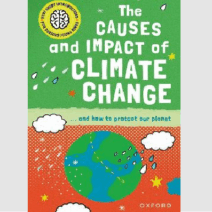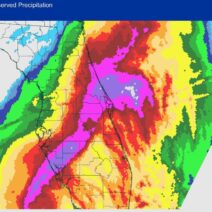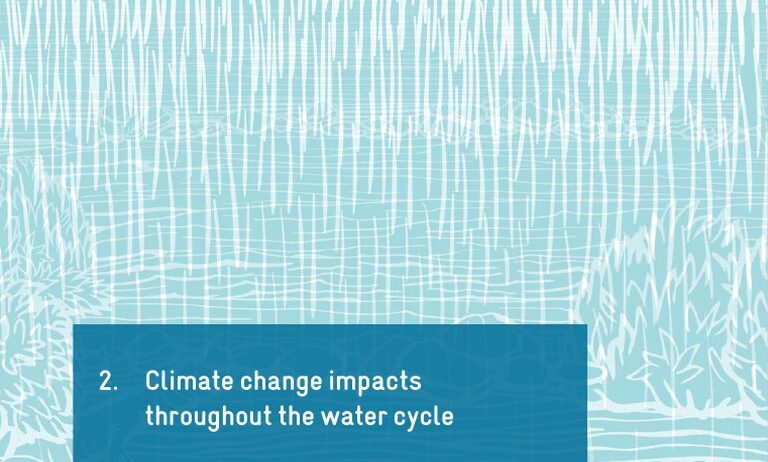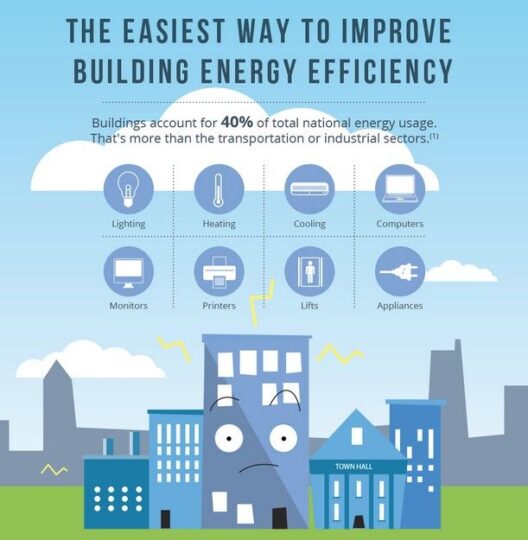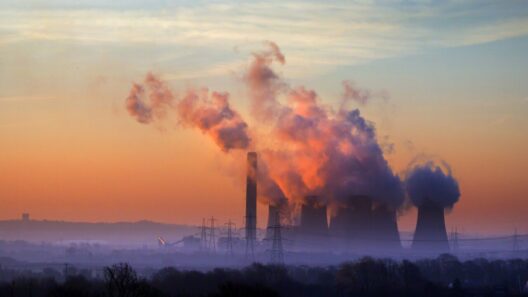Global warming, a pressing issue that pervades discussions on environmental sustainability, engenders significant alterations in the Earth’s natural processes. One of the most profound transformations attributed to global warming is its impact on the water cycle. This intricate cycle is essential for maintaining ecological balance, supporting all forms of life on our planet. The question arises: how does global warming disrupt the water cycle, and what are the implications for our future?
The water cycle, or hydrological cycle, encompasses the continuous movement of water within the Earth and its atmosphere. This cycle comprises several key processes: evaporation, condensation, precipitation, infiltration, runoff, and transpiration. Under normal circumstances, these processes work in harmony to ensure that water is distributed evenly across terrestrial and aquatic ecosystems. However, the unprecedented rise in global temperatures has introduced a cascade of disturbances that threaten the stability of this fundamental cycle.
One observable consequence of global warming is the intensified evaporation rates due to higher temperatures. When the atmosphere warms, it can hold more water vapor—potentially leading to a significant increase in humidity. This heightened level of moisture may seem beneficial at first; however, it is a harbinger of erratic weather patterns and extreme precipitation events. The concentrations of water vapor can lead to heavier rainfall in some regions while simultaneously fostering drought conditions in others due to the disruption of local climates.
Droughts, a severe manifestation of water cycle disruption, can have catastrophic consequences on agriculture and water supply. As less water infiltrates the ground, the soil moisture diminishes, leading to diminished crop yields and increased water scarcity. When a region grapples with prolonged dry spells, not only does food security become jeopardized, but ecosystems can undergo stress that impairs biodiversity. Wildlife dependent on steady water sources may struggle for survival, potentially leading to species extinction.
Conversely, regions experiencing increased rainfall face their own set of challenges. Flooding, an immediate effect of sudden intense precipitation, can lead to infrastructural damage, loss of property, and displacement of communities. Moreover, the excess water can lead to soil erosion and degradation, which can permanently alter the land’s integrity and degrade agricultural potential. The cyclical nature of floods and droughts exemplifies the precariousness inherent in a disrupted water cycle, underscoring that no area is immune from the consequences of climate change.
The interplay between evaporation and precipitation is intricately linked to the warming atmosphere. As temperatures rise, the frequency and intensity of storms are predicted to increase, affecting the distribution of rain across the globe. More powerful storms may inundate some areas while leaving others parched. This inconsistency poses a dire threat to regions dependent on predictable rainfall patterns, particularly in agrarian societies where timing is crucial for planting and harvesting crops.
In addition to altering precipitation patterns, climate change contributes to a phenomenon known as “ocean acidification.” As greenhouse gases accumulate in the atmosphere, a significant portion is absorbed by the oceans, leading to chemical changes that threaten marine ecosystems. Coral reefs, for instance, are particularly vulnerable to acidification, which in turn affects the marine species that rely on these habitats for survival. The ramifications ripple through the food web, exemplifying the interconnectedness of the water cycle and marine life.
Furthermore, the melting of polar ice caps and glaciers due to global warming contributes to rising sea levels, a phenomenon that poses risks to coastal communities. Increased sea levels can lead to saltwater intrusion into freshwater resources, compromising drinking water quality and jeopardizing agricultural productivity. The displacement of populations from vulnerable coastal areas hints at potential future humanitarian crises, as communities struggle to adapt to shifting landscapes.
As we consider the implications of these profound changes to the water cycle, the socio-economic ramifications also come into view. The costs associated with climate-induced extreme weather events are projected to escalate, resulting in significant financial burdens on governments and communities worldwide. Developing countries, often the least equipped to handle such crises, will experience the brunt of these economic stresses, potentially perpetuating cycles of poverty and undermining development efforts.
To navigate the challenges presented by global warming and a disrupted water cycle, concerted efforts are necessary. Strategies for sustainable water management are vital in mitigating the effects of climate change. These may include investing in water conservation techniques, restoring natural watersheds, improving irrigation efficiency, and implementing policies to ensure equitable water access for all communities.
Furthermore, global cooperation is essential in addressing the broader implications of climate change. Collective action in reducing greenhouse gas emissions, promoting renewable energy, and enhancing resilience to climate impacts is imperative to safeguard the integrity of the water cycle. Education and awareness-raising initiatives can empower individuals and communities to partake in sustainable practices, fostering a sense of responsibility toward this shared resource.
In conclusion, the disruption of the water cycle by global warming heralds a multitude of challenges for our planet. The ripple effects touch every corner of life on Earth, from the smallest organisms to human societies. Understanding these complexities and taking proactive measures is crucial for securing a sustainable future. The stakes are high, and it is imperative that we act decisively to restore balance to our water systems, ensuring that the lifeblood of our planet remains resilient for generations to come.
